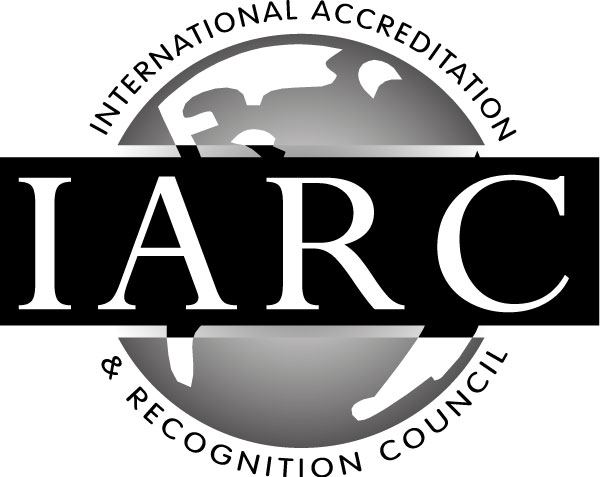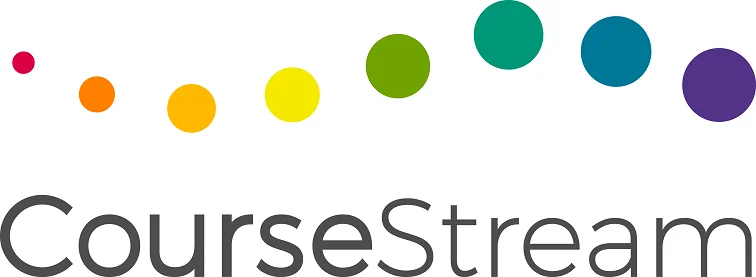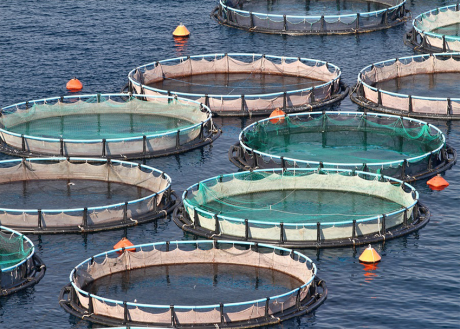Why Study this Marine Aquaculture Course?
Do you want to learn how you could produce various types of marine fishes on your own? Do you want to understand how you could breed, rear, and harvest different types of aquatic plants and animals? Then this may just be the course for you!
This online marine aquaculture course will teach you all that and more. Such as the different production systems, the way to develop a business in Mariculture, how to choose an appropriate specie to raise for your region, how you could produce various types of salt water plants and animals, what type of food you need to use to feed them, how to maintain their health, and the post-harvest handling procedures that must be done.
Marine Aquaculture Online Course
Learn how to set up and run a marine aquaculture venture. Marine aquaculture (mariculture) is saltwater fish farming.
- Learn the culture of salt water species of fish, shellfish, seaweed and other marine products.
- Learn to plan and manage the farming of a wide variety of marine life.
- 100 hours self paced study.
Course Aims
- Explain general mariculture production systems
- Discuss the factors involved in setting up a business
- Evaluate factors that need to be considered when choosing marine species for aquaculture in your region.
- Explain the commercial production of finfish
- Explain the commercial production of crustaceans
- Explain the commercial production of molluscs
- Explain the use and production of Seaweeds and Aquatic Algae
- Discuss the role of echinoderms in mariculture. Explore the pharmaceutical uses of marine organisms
- Explain general diet formulation and feeding
- Describe issues related to the health management of marine animals used in aquaculture.
Course Outline
There are 11 lessons in this course:
- Aquaculture Production Systems
- What is Mariculture
- Purposes of mariculture
- Classification of culture systems
- Extensive production (Ep)
- Intensive production (Ip)
- Classifications based on system input
- Open systems (off-shore and near-shore)
- Semi-closed systems
- Closed systems (on shore)
- Common culture method for each marine category
- Cage culture
- Cage design: Floating flexible, floating rigid, semi-submersible and submersible
- Hanging Culture: Raft and suspended trays
- Long-line culture
- Vertical or rack culture
- Bottom culture: Bottom sowing and cultch lines
- Stone, stake culture, net and umbrella culture
- Semi-enclosed: flow through tanks
- Closed Systems (CAS): Recirculating, raceways, and inland ponds
- Starting a Marine Aquaculture (Mariculture) Business
- Economics of establishing and running a farm
- The need for a feasibility study
- Economic analysis
- Requisites for establishing a business
- Factors to consider
- Industry competition
- Availability of leased and quotas
- Economy of scale
- Site selection and water quality
- Properties of salt water
- Water quality management
- Environmental impacts.
- Food chain problems
- Using wild broodstock
- Nutrient pollution
- Chemical pollution
- Spreading pathogens
- Escapes
- Habitat effects
- Managing environmental impacts
- Improving the genetic quality of fish
- Biotechnology
- Choosing a Species
- Choosing a marketable species
- What information is available?
- Understand your competition before selecting a species
- Common mariculture species
- Selection criteria
- Climate
- Water resource
- Finance
- Scale of operation
- Market demand and access
- Availability of animals
- Risk considerations
- Product markets
- Product, price and promotion
- Finfish
- Industry overview
- Types of mariculture
- Broodstock/seed supply
- Growout
- Commonly cultured species
- Tuna
- Atlantic salmon
- Steelhead Salmon (Saltwater rainbow trout)
- Yellowtail (Japanese Amberjack)
- Sea Bass
- Gilt-head sea bream
- Water quality management
- Crustaceans
- Industry overview
- Types of mariculture
- Broodstock/seed supply
- Growout
- Commonly cultivated species
- Penaeid shrimp (prawn)
- Graspid Crabs
- Lobster
- Molluscs and Echinoderms
- Industry overview – molluscs
- Types of bivalve culture
- Broodstock/seed supply
- Growout
- Abalone
- Oysters
- Cultured mussels
- Scallops
- Giant clams
- Industry overview – echinoderms
- Types of mariculture
- Breedstock/seed supply
- Growout
- Commonly cultivated species
- Sea Urchins
- Sea cucumbers
- Seaweeds and Aquatic Algae
- Industry overview
- Types of mariculture
- Broodstock/seed supply
- Land-based cultivation systems
- Tanks
- Ponds
- Sea cultivation
- Farming methods
- Vegetative cultivation
- Cultivation involving a reproductive cycle
- Commonly cultivated species
- Laminaria japonica
- Porphyra sp.
- Undaria sp.
- Eucheuma seaweed
- Pharmaceuticals
- Pharmaceutical value of marine organisms
- Examples of species used in marine biotechnology
- Sea urchin
- Sea cucumber
- Marine sponges
- Seaweeds (algae)
- Diet Formulation and feeding
- Feeding strategies
- Nil input
- Water fertilisation
- Supplementary feeding
- Complete diet feeding
- Fish feed
- Feeding and feed components
- Environmental problems associated with fish feeding
- Mycotoxins in feeds
- Aflatoxins
- Ochratoxins
- Fumonisins
- Trichothecenes
- Managing mycotoxins in prepared feeds
- Health Management – Diseases and Parasites
- Causes of disease
- Health management and mitigation strategies
- Treatment of diseases and parasites
- General principles
- Common signs that fish are unhealthy
- Common diseases of finfish
- Emerging pathogens
- Common diseases of crustaceans
- Common diseases of bivalves (molluscs)
- Harvest and Post Harvest Handling
- Examples of product forms
- Harvest/post harvest handling of selected species
Enrol Now
- Experienced Tutor support
- Certificate sent to you
- Online study (Printed notes available)
- Self paced - no set timetable
- 12 months to complete course
From: $35.00 / week for 19 weeks
Get a Free Info Pack!











